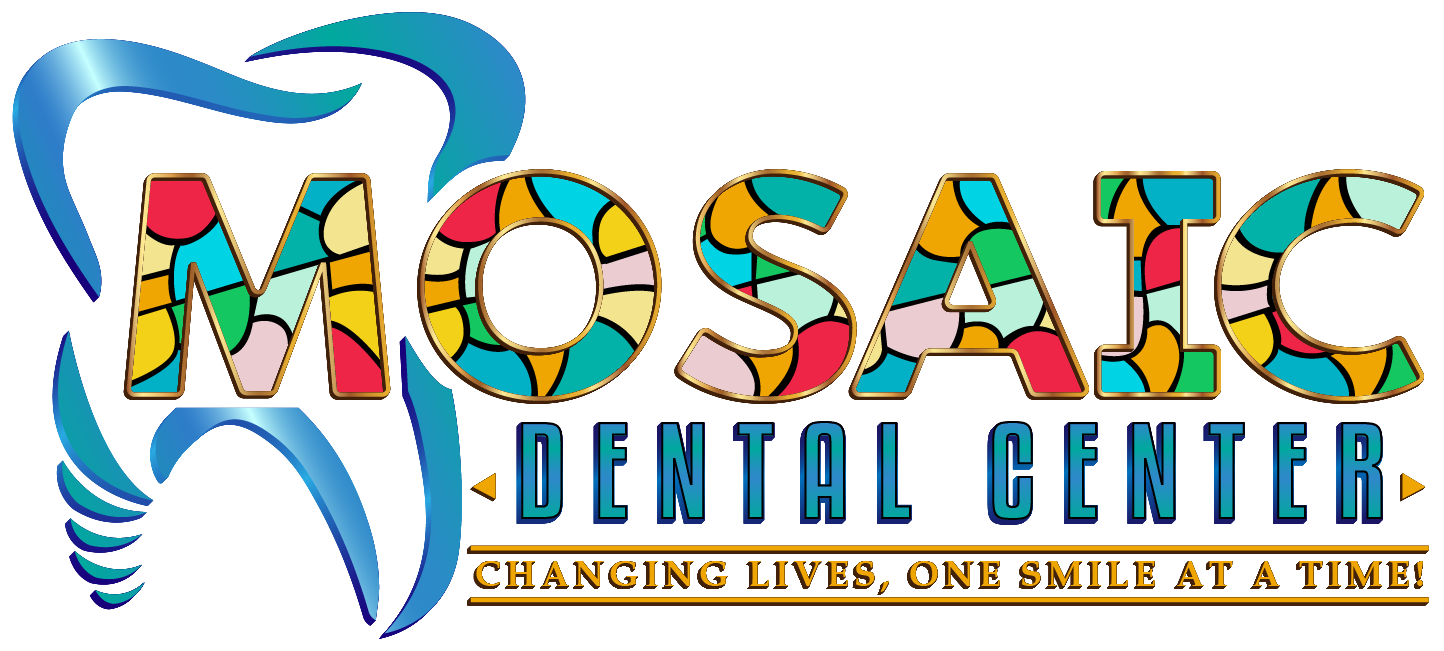
When it comes to straightening your teeth, two of the most popular options are traditional braces and Invisalign. Both have their pros and cons, and the best choice depends on your specific needs, lifestyle, and budget. In this comparison guide, we’ll break down the key differences between Invisalign and braces to help you decide which option is right for you.
What Are Braces and Invisalign?
Braces are a traditional orthodontic treatment that uses metal brackets and wires to gradually move teeth into their desired positions. They are highly effective for correcting complex dental issues, such as severe overcrowding or bite problems.
Invisalign, on the other hand, is a modern alternative that uses a series of clear, removable aligners to straighten teeth. These aligners are custom-made to fit snugly over your teeth and are nearly invisible, making them a popular choice for adults and teens.
Appearance: Invisalign Wins for Discretion
One of the most significant advantages of Invisalign is its discreet appearance. The clear aligners are virtually invisible, allowing you to straighten your teeth without drawing attention to your treatment.
Braces, with their metal brackets and wires, are more noticeable. However, there are less visible options like ceramic braces or lingual braces (attached to the back of the teeth), though these can be more expensive.
Comfort: Which Feels Better?
Invisalign aligners are made of smooth plastic, which tends to be more comfortable than the metal brackets and wires of traditional braces. Braces can sometimes cause irritation to the gums and cheeks, especially after adjustments.
That said, Invisalign aligners can cause temporary discomfort when you switch to a new set, as they apply pressure to shift your teeth.
Effectiveness: Braces Handle Complex Cases
While Invisalign is highly effective for mild to moderate orthodontic issues, traditional braces are often better suited for more complex cases, such as severe misalignment or bite problems. Braces provide more control over tooth movement, making them a reliable choice for challenging treatments.
Convenience: Invisalign Offers Flexibility
Invisalign aligners are removable, allowing you to eat, drink, brush, and floss without restrictions. This flexibility makes it easier to maintain oral hygiene and enjoy your favorite foods.
Braces, however, are fixed in place, which means you’ll need to avoid certain foods that could damage the brackets or wires. Cleaning around braces also requires extra effort.
Treatment Duration: It Depends on Your Case
The duration of treatment varies depending on the complexity of your dental issues. In some cases, Invisalign can produce results faster than braces, especially for minor adjustments. However, for more severe cases, braces may be more efficient.
On average, both treatments take between 12 to 24 months, but your orthodontist can provide a more accurate timeline based on your specific needs.
Cost: Which Is More Affordable?
The cost of Invisalign and braces can vary depending on your location and the complexity of your treatment. In general, Invisalign tends to be slightly more expensive than traditional braces. However, many patients find the added cost worth it for the convenience and aesthetics.
Conclusion: Which Is Better?
The answer to whether Invisalign is better than braces depends on your individual needs and preferences. If you value discretion, comfort, and convenience, Invisalign may be the better choice. However, if you have complex dental issues, traditional braces might be more effective.
The best way to decide is to consult with an orthodontist who can evaluate your teeth and recommend the most suitable treatment for you.
Final Thoughts
Both Invisalign and braces have their unique advantages, and both can help you achieve a straighter, healthier smile. By understanding the differences, you can make an informed decision and take the first step toward the smile you’ve always wanted!
